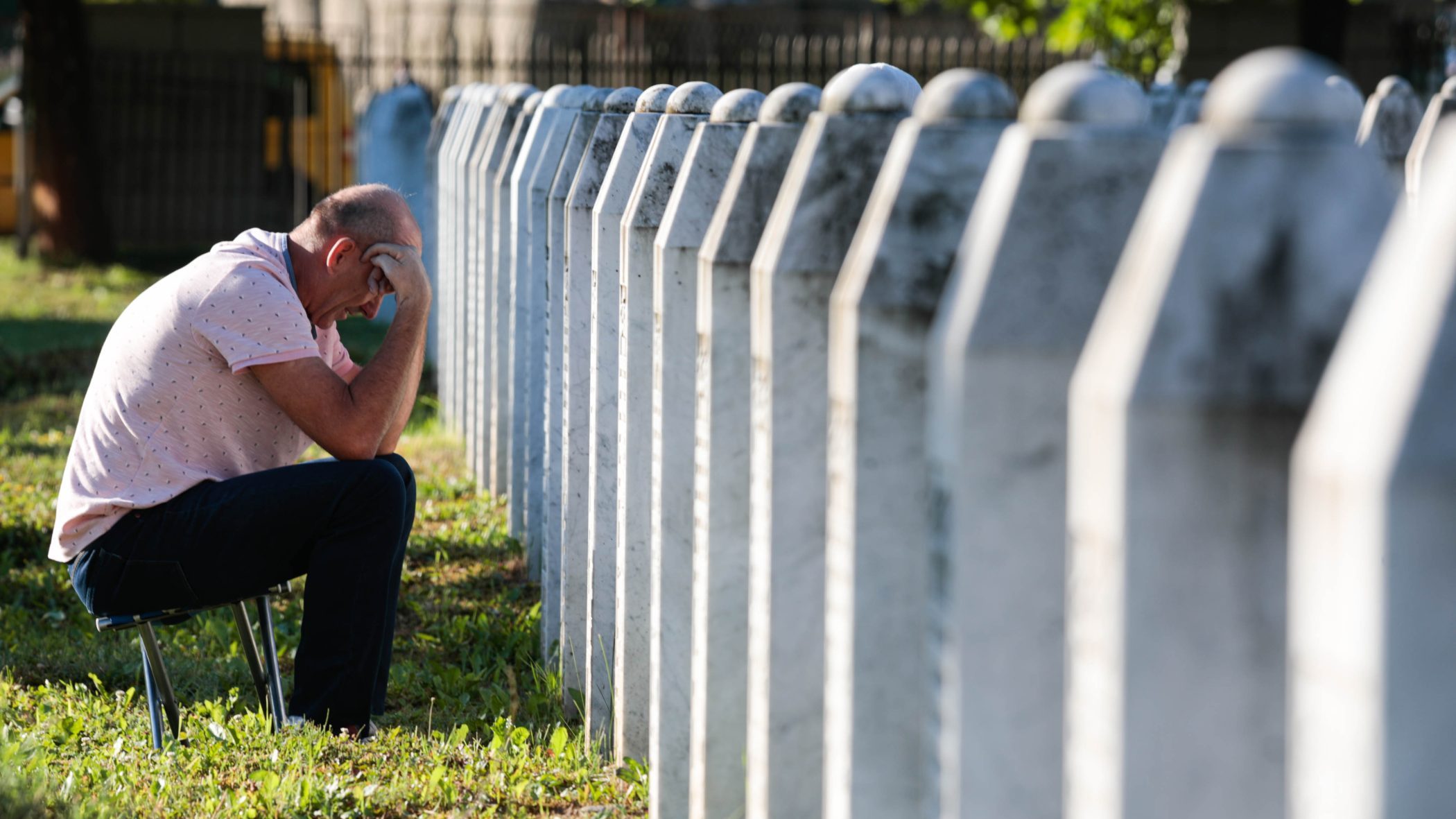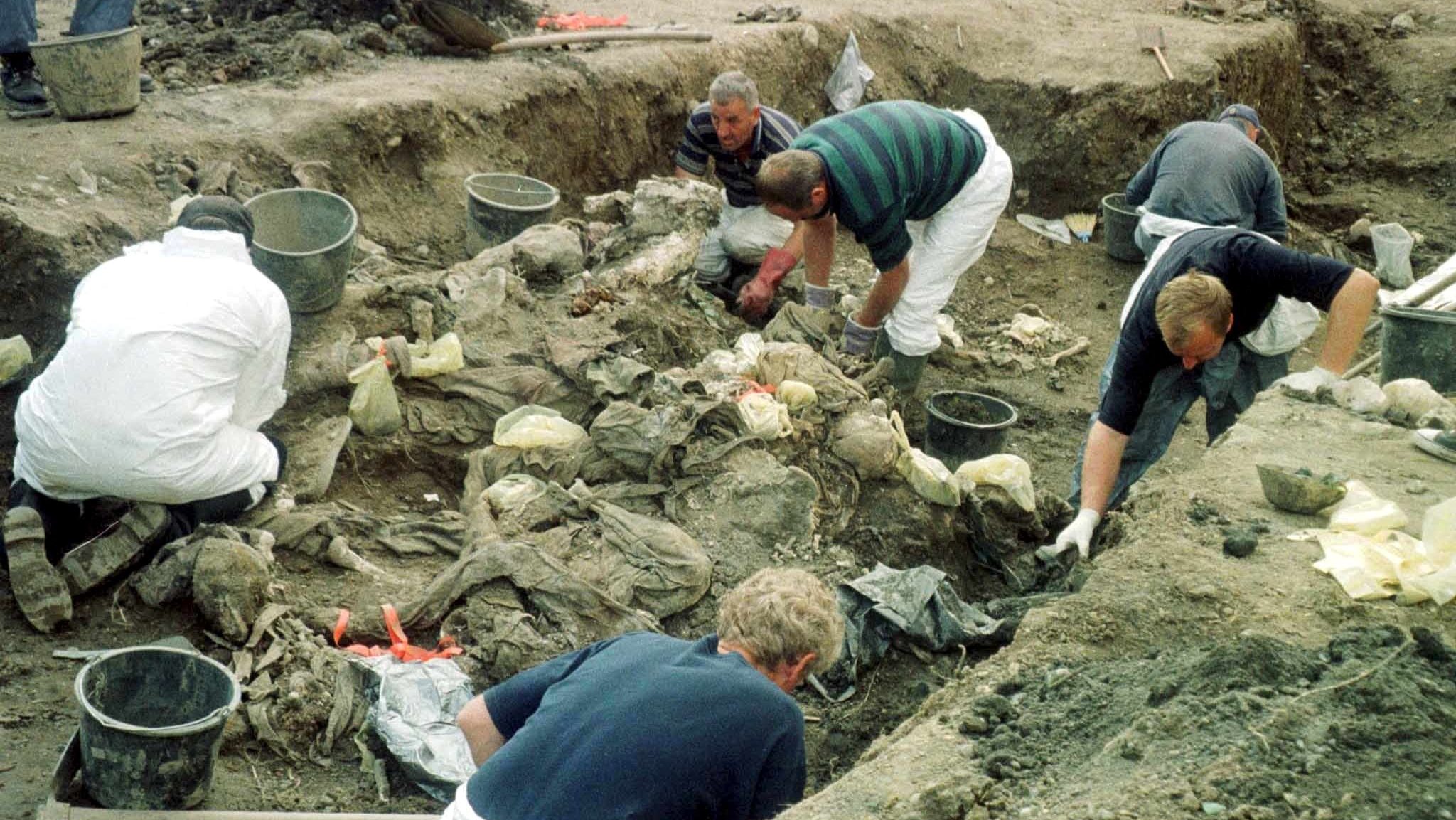This post is also available in: Bosnian
The share of non-medical staff in the health sector of the bigger of Bosnia’s two entities, the Federation of Bosnia and Herzegovina, is between 26 and 28 per cent, way above the European Union’s recommended limit of 10 per cent. The Federation also faces a growing deficit of trained medics as more and more doctors leave the country.
About a quarter of all employees at the cantonal hospitals in Mostar and Bihac are non-medical workers, research shows.
They include ward cleaners, linen cleaners, drivers, security guards, electricians, administrative workers, as well as lawyers, economists and information experts.
Arif Smajic, former professor at the Medical Faculty in Sarajevo, says the percentage of non-medical staff in hospitals is too high and makes it hard to maintain the right standard of services for patients. He also claims non-medical staff are recruited in a non-transparent manner. “Those people often get jobs through political channels,” Smajic told BIRN BiH.
The Federation entity’s Ministry of Health says it is conducting activities aimed at rationalization, adding that the number of non-medical workers has been cut in the past few years.
It also attributes the high number of non-doctors in the health service to the fact that jobs normally carried out by contract workers in the EU are still done by health sector employees in Bosnia.
Few doctors, many administrative workers:
Data available to the Health Insurance and Reinsurance Institute of FBiH indicate that the share of non-medical cadre in the health system was 26 per cent last year.
In the year before, 2015, around 71.4 per cent of employees in the health sector were medics, while the remaining percentage included administrative workers, associates and employees with lower education levels.
The European Union recommends that the percentage of non-medical workers in the health system should not exceed 10 percent.
Data contained in the Strategic Plan for Health Sector Reform adopted last year indicate that Bosnia generally has significantly fewer medical professionals than the European average.
The EU average is 350 doctors per 100,000 residents, while Bosnia has just 190, according to World Bank figures published in 2013.
A significant drain of medics from Bosnia over the past few years has added to the problem. According to data available to the Medical Chamber of the Federation entity, 300 doctors left the public health system over the course of ten months in 2015. According to official information, there are about 6,000 doctors working in Bosnia.
The trend continued at the beginning of the year, when neurosurgeon Kemal Dizdarevic left the Kosevo hospital, claiming to BIRN BiH that he left his job because of “political pressure”.
“The departure of a large number of medical doctors has jeopardized work with patients. Some high-quality paediatricians and neonatologists are among them,” Dizdarevic said of the brain drain.
Professor Arif Smajic blames the poor situation in the health sector on the inadequate distribution of resources, particularly staff and financial.
“‘Health associates’ who form part of the non-medical cadre are mainly sociologists, social workers, psychologists and so on. This is a wrong selection of politically suitable people,” Smajic said.
Responding to an inquiry by BIRN BiH, the Cantonal Hospital in Mostar said 29 per cent of its employees are non-medical staffers, mostly cleaning personnel and food servers.
However, it says the ratio between medical and non-medical personnel has always gone up or down by one or two percent over the last 20 years or longer and is not unhealthy.
“The ratio has always been 70 to 30 percent in favour of medical staff,” the hospital said.
The share of non-medical staff at the “Dr Irfan Ljubijankic” Cantonal Hospital in Bihac is somewhat over 28 per cent, the hospital said, but it declined to discuss the composition of that workforce and whether it was necessary to increase the number of medical doctors.
Non-medical work not contracted out:
The Federation’s Ministry of Health says it has been working on reducing the percentage of non-medics in the health system over the past few years.
It said that from 2010 to 2014 the number of medical workers increased by nearly 6 per cent, and the number of medical associates by nearly 17 per cent. At the same time, it said the number of administrative and technical workers fell by 3 per cent.
It also blames the high number of non-medics in the health sector on the fact that non-medical jobs in Bosnia are rarely contracted out.
“Comparing this with data on non-medical cadre in the European Union, we should remember that the majority of health institutions in the EU, particularly hospitals, have signed contracts with utility services offering non-medical work like maintenance of hospital premises, laundry and so on,” the Ministry said.
It said health institutions in the Federation of BiH have made attempts to conclude similar contracts, but this had not been done so far due to the lack of service companies capable of performing such tasks.
The Ministry says it hopes to reduce the share of non-medical staff in the health sector by contracting out certain services as well as by creating joint services of several medical institutions.
“The Law on Health Protection, adopted in 2010, has already enabled two or more health institutions to organize joint medical services, as well as joint non-medical services, or to sign contracts for performance of those works with legal or physical entities,” the ministry pointed out.



